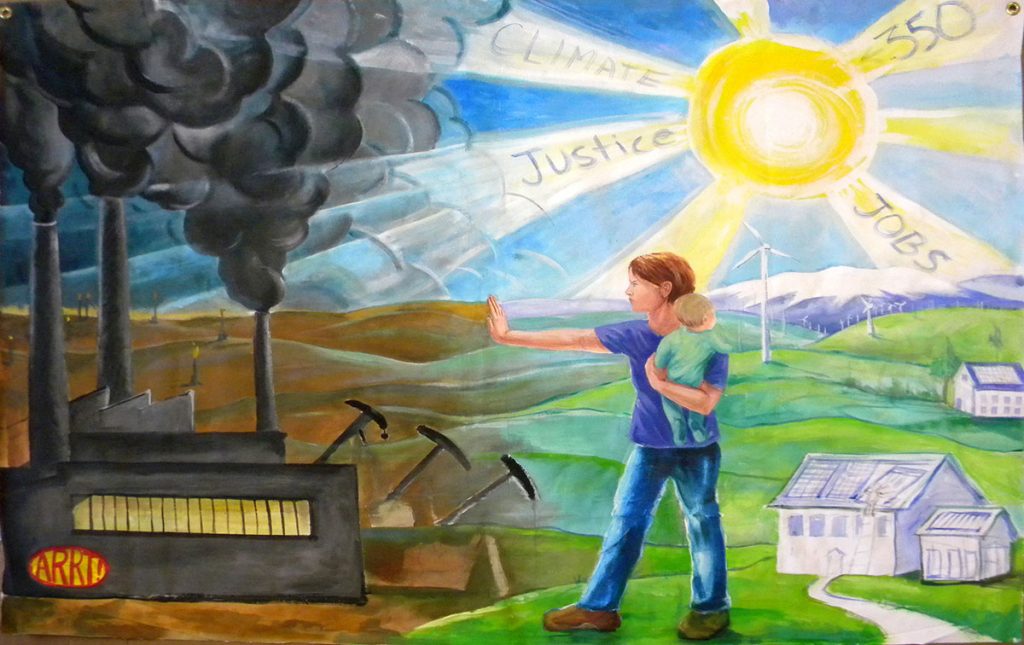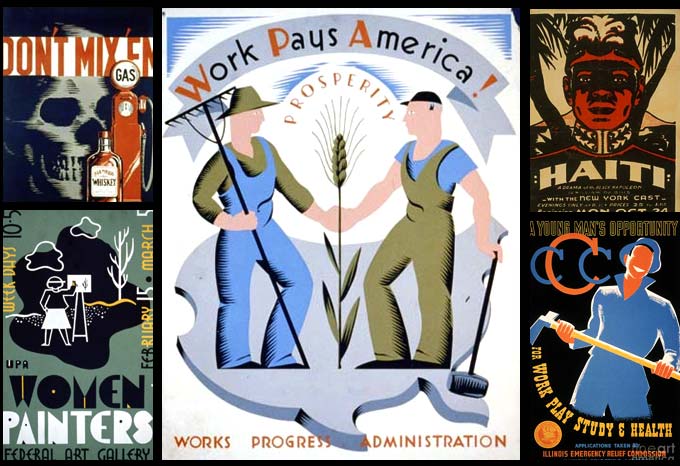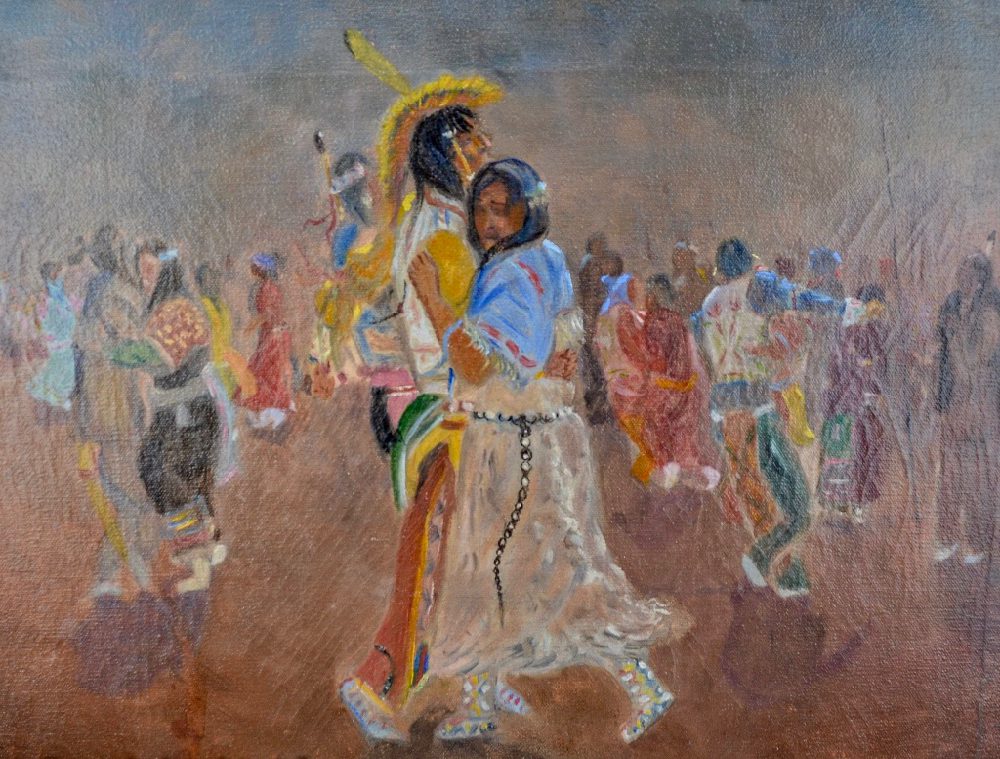
Individually, only you can know what is helpfully coming to you as a result of this pandemic. Clearly, the virus is already causing immense suffering and uncertainty for people facing job loss, food shortage, health challenges, isolation, and countless other threats. At the same time, there are individual and societal lessons that could pivot our lives toward a more just and sustainable future.
This tiny organism is provoking everything from an emerging sense of the preciousness of life, to direct acts of kindness, to appreciation of the act of slowing down, a reprioritization of goals, and a recommitment to a healthier lifestyle and closer relationships.
On a societal level, Covid-19 is opening doors and perceptions at unprecedented rates. Let’s help to amplify any insights and revelations that help us as a global society to use this shock to our future benefit. What is becoming clear?
Public universal health care is no longer not an option
There is simply no way to protect the public from a pandemic without universal health care. Our lives are intricately interwoven. When a percentage hovering around 9% of people lacking health insurance do not have the capacity to turn to the health care network in times of stress, the entire web is deeply weakened.
Paid sick leave as a human right
You only need to look at your local Walmart worker, gas station attendant, child care worker, or restaurant employee to realize that people barely living from paycheck to paycheck cannot afford to be sick. Sick people at work sicken people.
Local energy, local food
One of the benefits of scarcity in food stores is our collective awakening to the fact that we cannot be assured that the vast food and materials system in this country will remain stable. Future climate crisis events will mirror and expose the fragility of agricultural, energy, transportation, banking, environmental and societal systems. The need to shift toward local food production and locally produced renewable energy is becoming a no-brainer.
Where’s the good news?
This pandemic has the potential to vastly and positively change the landscape of our society. Once this global epidemic has calmed, the economy will be in a similar if not worse state as the 1930s with millions of workers out of their jobs. But this can be a blessing in disguise.
A new New Deal
The original New Deal, led by Franklin Delano Roosevelt, established between 1933 and 1939, employed 8.5 million people, lifting them and their families from poverty. The New Deal became fundamental to a more progressive government; Social Security, banking regulations like the Glass-Steagall Act of 1933, home loans, farm and rural programs, the Civilian Conservation Corps and a significant expansion of the National Park Service were just a few of the elements that led to a remarkable transformation of our government.
The New Deal’s legacy can be seen all around us; for example, there’s the Tennessee Valley Authority (TVA), created, to provide navigation, flood control, electricity generation, fertilizer manufacturing, and economic development to the Tennessee Valley, a region particularly affected by the Great Depression.
The Works Projects Administration (WPA) was created to get most unemployed people off of relief and back to work until the economy recovered. Estimating costs at $1,200 per worker per year ($22.4 thousand in present-day terms), FDR asked for and received $4 billion ($74.6 billion in present-day terms). The WPA was the first New Deal program to directly assist women, employing about 500,000 single women, widows, or women with disabled or absent husbands.
Other WPA project employed musicians, artists, writers, actors and directors for expansive arts, drama, media, and literacy projects. Thousands of creatives were supported to bring their art into the public sphere. Art centers were established, thousands of theater, orchestra and band performances were sponsored, and art classes thrived.

Similar to Roosevelt’s New Deal, we are faced with an opportunity to create a whole new sector of the economy. The challenge of our times, however, is to project a vision of tomorrow that captures the public’s imagination and determination to develop a public works program that would massively shift our fossil fuel-based energy to renewables, retrofit buildings for efficiency, transform our agricultural industry to regenerative practices, address the grotesque impacts to frontline communities, and celebrate the artists by supporting public art. The Green New Deal is just such a program.
So…. imagine trillions of dollars to craft and curate a sustainable future that overhauls our economic system into a vibrant and energetic web, providing a hopeful and healthy vision of tomorrow.
Who gets to imagine our future? Let’s make sure this vision is led by our powerful and vital actions and imaginations.
John McLeod is a retired educator, climate activist and occasional puppeteer who lives along the Tecolote River on Story Ranch, a farm / wilderness center for retreats, workshops and community gatherings. Contact him at r[email protected].

Coronavirus Green New Deal New Deal public art Works Progress Administration
I LOVE THIS!
Thank you for a clear outline of this opportunity we have, a Green New Deal!